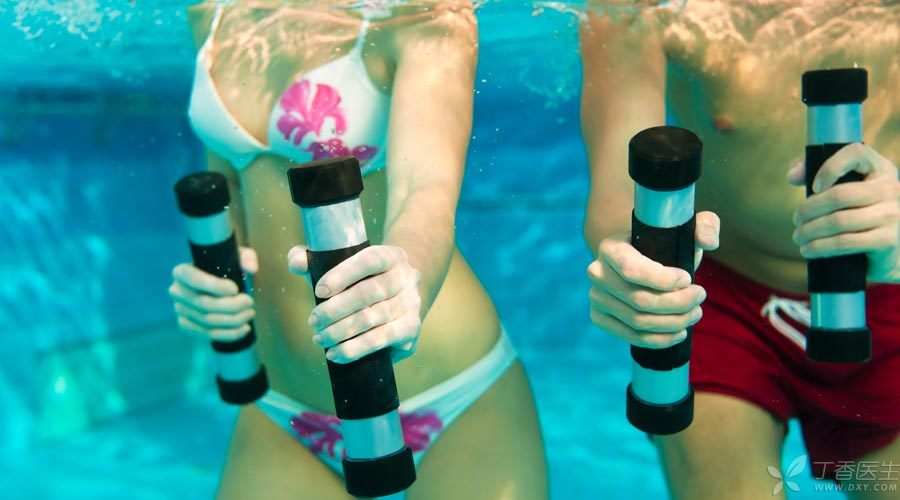
Summer has arrived, are you still worried about not finding suitable fitness and weight loss exercises? I want to keep fit but I am afraid of sweating all over, and I don’t like to be exposed to the sun, right? Running, calisthenics and cycling all seem to be a little unbearable.
Therefore, swimming, which can not only cool down the summer heat, but also exercise the body, naturally becomes the first choice.
That can’t swim, what should I do? Don’t worry, swimming is not the only underwater exercise choice that can lose weight.
Underwater Exercise Makes Weight Loss More
Underwater exercise makes you lose more weight! Underwater exercise makes you lose more weight! Underwater exercise makes you lose more weight! Say important things three times. However, why is this?
1. High energy consumption at low water temperature
The underwater temperature is relatively low, and the energy generated by the body not only needs to overcome the resistance in the water, but also needs to generate heat to maintain the body temperature, so our energy consumption in the water is far greater than that on land.
2. Small burden on knee joint
Water is buoyant, so we can float in the water and do some rehabilitation training. For people with knee joint injuries or very heavy weight, walking, running and floating under water can reduce the exercise load of the knee joint, and at the same time exercise the muscles of the knee, playing a positive role in rehabilitation and protection.
3. Can coordinate the muscles of the whole body
Underwater sports require better body coordination and stability. Take swimming as an example. Swimming is a whole body exercise, with hands and feet used together, and the body trunk coordinates and exerts force. Different swimming styles use different body muscles, which have a good shaping effect. Look at the body shape of the swimmers and you will know.
4. Efficient resistance exercises
Like swimming, it can be equivalent to a kind of resistance exercise on land. We have to overcome the resistance of water in water, which is 12 times that on land, and the energy consumed to overcome the resistance is naturally not small.
Can’t swim: no threshold weight loss method
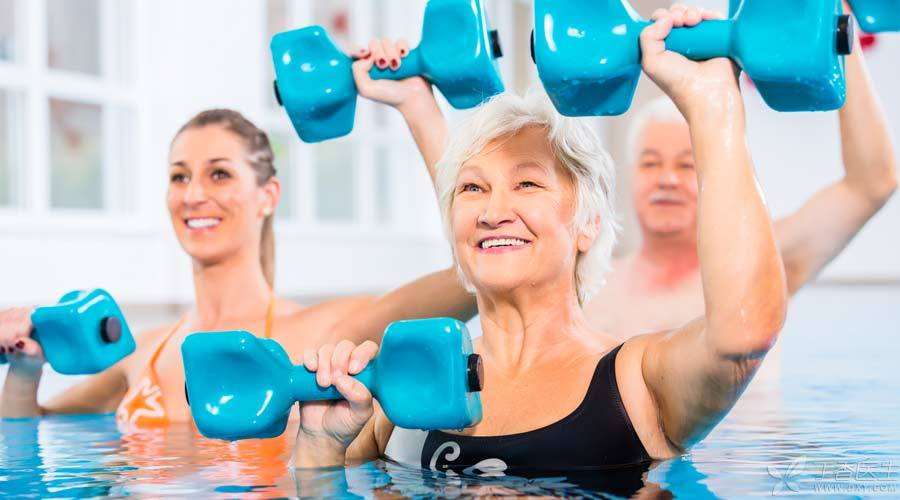
Even landlubbers, even middle-aged and elderly people, need not worry at all. Just stay in the shallow water area of the swimming pool, which can also effectively achieve the desired exercise and weight loss effects.
Step 1 Running in the Water
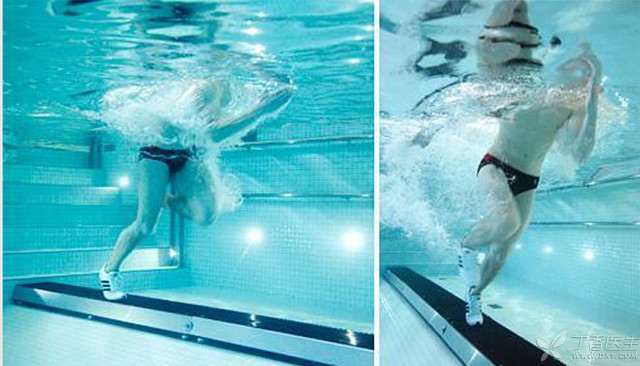
Run freely in the shallow water. It is the same as running on land, but it is much more difficult. You can run back and forth along the shallow water area of the swimming pool until you are too tired to run. This kind of training intensity is no less than swimming 1,000 meters back and forth.
Step 2 Kick in Water
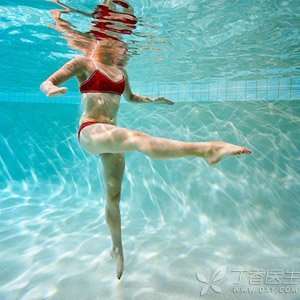
Still in shallow water, but this time the water depth should be around the chest.
Then turn your back to the swimming pool along the wall, stretch your hands to both sides and hold them on the edge. You can also find other firm ladders or handrails. Kick your legs vertically and upward alternately to exercise your leg muscles.
Step 3: Push the ball in the water
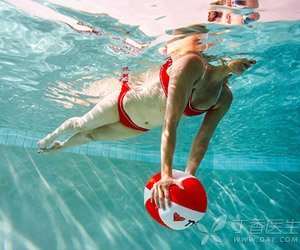
Need to find a ball as a prop, mainly exercise upper limb strength.
In shallow water, lie prone and float on the water surface, keep stable, and then push the ball down hard. Or sit in shallow water with the water level above your chest and push the ball in different directions to the front of your body.
Step 4: Roll in the water
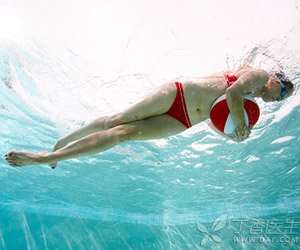
This is a whole-body exercise, which can exercise the strength of waist, legs and shoulders at the same time.
In shallow water, lie on your back and float on the water surface, and keep stable. Then your trunk, waist and legs exert their power in coordination, twist your body in the water and turn over to your heart’s content.
Swimming: An Efficient Way to Lose Weight
When swimming, the energy consumption is very high, the metabolic rate is quite fast, can consume 250 kilocalories in 30 minutes. You can choose breaststroke, butterfly, freestyle and backstroke, but butterfly is relatively difficult. If you are old, you usually choose freestyle and breaststroke.
- For those under 35 years old, the swimming distance is 2,000 ~ 3,000 meters and the swimming time is more than 1 hour. For those aged 35 to 50, the swimming distance is 1500 to 2000 meters and the swimming time is 1 hour. For the elderly, attention should be paid to safety. It is generally recommended to swim in shallow water with a distance of 800 ~ 1000 meters and a swimming time of about 45 minutes.
How to breaststroke
The study of breaststroke can be accompanied by a rhyme: do not move your hands and legs, stop and then stop your legs, stretch your arms first and then kick your legs, and drift straight together for a while.
As can be seen from the rhymes, the movements of the hands precede the movements of the legs. Be sure to close your legs after stopping your hands and kick your legs after reaching out.
How to swim freestyle
Freestyle relies on rowing and kicking to generate propulsion. In fact, the role of the trunk cannot be ignored.
First of all, the trunk should maintain a certain degree of tension. If the waist is soft, the whole person is like a pool of mud. Secondly, the rotation of the body can effectively exert the strength of large muscle groups in the trunk, reduce resistance and improve the working effect.
There are many forms of complete coordination in freestyle. Generally speaking, it is common to stroke 2 times, draw 6 times and breathe 1 time.
How to Backstroke
When the backstroke arm paddles, the arm is perpendicular to the water surface and the upper arm is close to the ear when moving the arm. In the process of moving the arm, the arm rotates, and after the hand enters the water, the arm row down straight first.
The stroke of the two arms should be coordinated with the rotation of the body. Generally, the middle crossing method is adopted, and the head remains stable without swinging left and right.
The best way to breathe is to breathe rhythmically, or to inhale when one arm moves. Generally, every stroke is 2 times, the leg draws water 6 times, and the breath is 1 time.
The legs alternate to whip up and down to draw water. The upward draw should be fast and powerful, the feet should be slightly rotated inward and stretched straight, and the legs and feet should naturally relax when drawing water downward.
